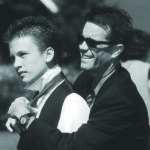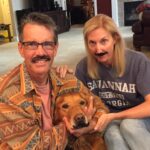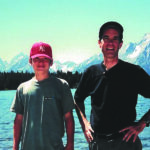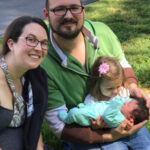BOB NEEDS A PARTIAL LIVING LIVER DONOR
“It is quite hard for me to ask family, friends, and even strangers for the gift of life, a partial liver donation. I don’t know where to start. This is perhaps the most difficult thing I have ever faced.” – Bob
BOB'S STORY
In May 2022, Bob was diagnosed with advanced liver cancer when MRI scans revealed a large tumor in the left lobe and multiple smaller ones in the right lobe. He contracted Hepatitis C at age 23 from a blood transfusion during surgery after a cycling accident, and was born with Hemochromatosis, a genetic disorder that can cause severe liver disease. Bob was successfully treated for hepatitis C in 2015, but a lifetime of chronic liver disease led to his cancer.
Since June 2022, Bob has undergone two interventional radioembolizations and many drip immunotherapy treatments, which killed 90% of the cancer and temporarily improved liver function. However, his stimulated immune system caused multiple adverse events, resulting in acute kidney injury and anemia. These conditions prevent him from continuing liver cancer treatment, potentially leading to cancer growth and metastasis.
we need to find a partial living liver donor
There are a few other, less effective treatments available to Bob currently. With a high likelihood of disease progression, Bob’s best path forward is a transplant from a living partial liver donor. This option will not only improve his quality of life but extend it. Patients are eligible for deceased liver donations when they are on the UNOS transplant waitlist. However, their MELD (model for end-stage liver disease) score determines their spot on the waitlist. Due to the nature of Bob’s liver disease, his current MELD score is not high enough for him to receive a liver from a deceased donor.
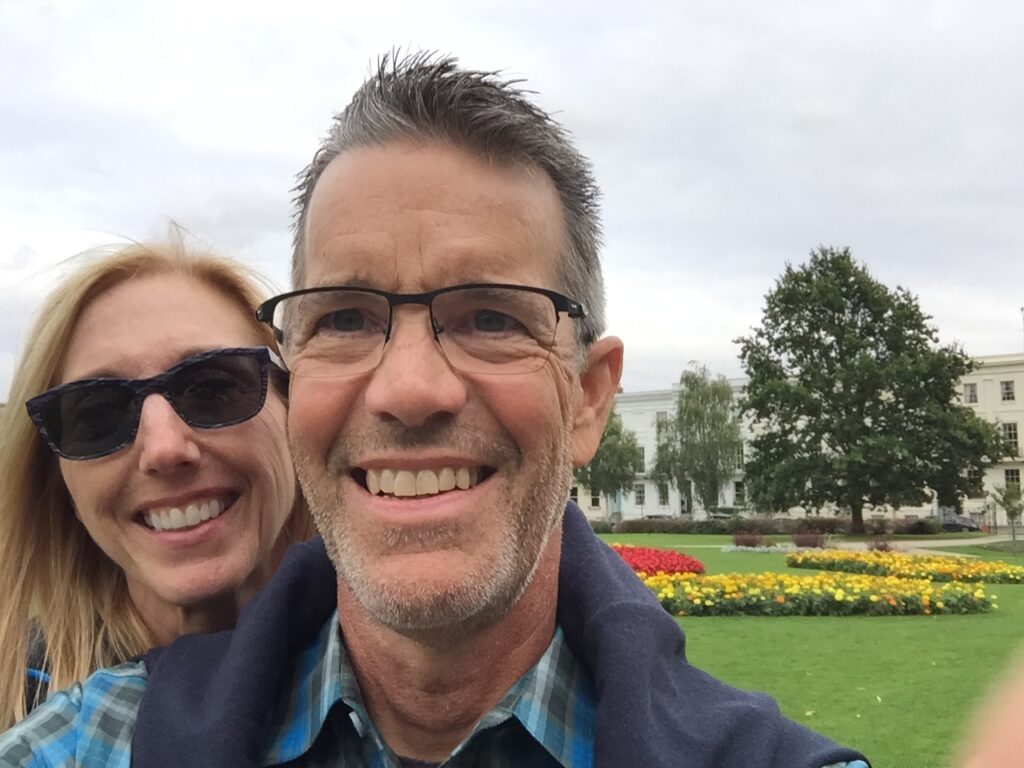
DONOR ELIGIBILITY REQUIREMENTS:
Bob is fortunate to have a highly qualified medical help and support team at the Huntsman Cancer Institute and the University of Utah Health (UUH). He wants potential partial liver donors to know they will be in exceptional hands. UUH has shared the following as a pre-qualification list for a partial liver donation from a donor.:
- be between the ages of 18-55
- have good overall physical and mental health
- be free of major health problems such as diabetes and obesity
During a partial living liver transplant, only a section of the donor’s liver is removed. That section is then transplanted into the recipient. Within weeks, the part of the liver that was removed will start to regenerate (like a starfish or a lizard). In a few months, the liver will regrow to it’s full size. Learn more living liver donation facts.
NEXT STEPS:
- Complete the contact form to the left and a living donor advocate will reach out to you within 1 business day.
- During your time with the living donor advocate, you will get to ask questions and get answers from a living donor. The advocate will tell you more about the process, address non-medical concerns, and connect you to valuable resources.
- Breeze is a health questionnaire that will be reviewed by the medical team to determine your eligibility for living donation and next steps.
Help us reach our goal of getting Bob’s story in front of 20,000 people by taking the steps below:
- Follow Bob’s Facebook AND LinkedIn pages and share the posts weekly.
- Share this page with your network of friends, family, and professional network.
- Ask your network to share with their friends, family, business associates, etc.
- Share at community events, church gatherings, or clubs.
The more shares we get, the more people we can reach, and the better chance we will have of finding Bob’s generous donor.

Bob Needs a Liver Donor
Bob is fortunate to have a highly qualified medical help and support team at the Huntsman Cancer Institute and the University of Utah Health (UUH). He wants potential partial liver donors to know they will be in exceptional hands. UUH has shared the following as a pre-qualification list for a partial liver donation from a donor.:
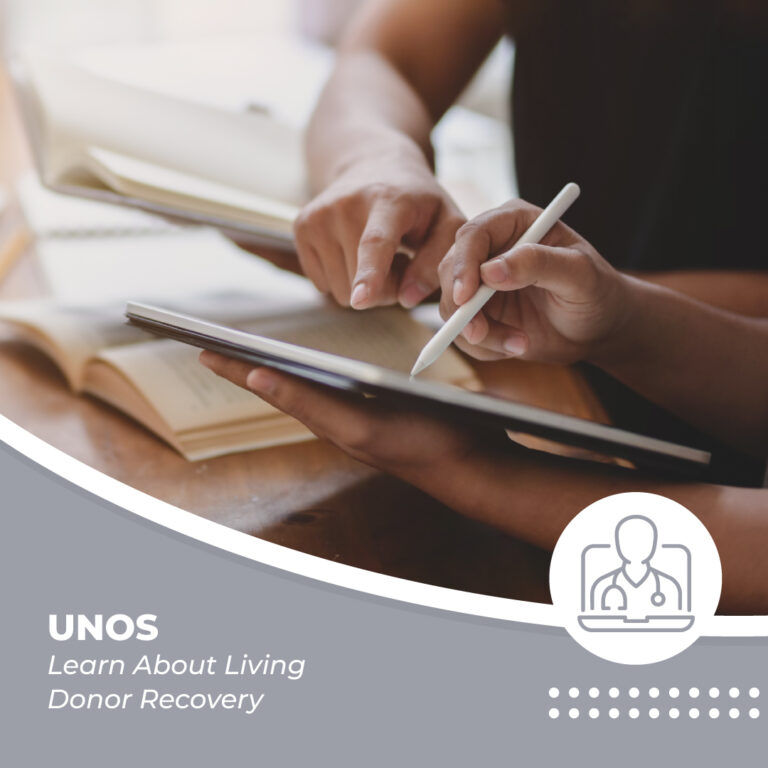
Save Bob’s Life by SHARING!
There are a few other, less effective treatments available to Bob currently. With a high likelihood of disease progression, Bob’s best path forward is a transplant from a living partial liver donor. This option will not only improve his quality of life but extend it. Patients are eligible for deceased liver donations when they are on the UNOS transplant waitlist. However, their MELD (model for end-stage liver disease) score determines their spot on the waitlist. Due to the nature of Bob’s liver disease, his current MELD score is not high enough for him to receive a liver from a deceased donor.
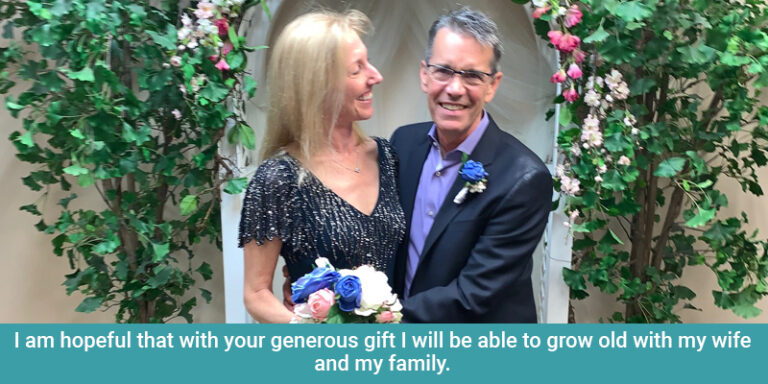
SHARE to Help Bob
Since June 2022, Bob has undergone two interventional radioembolizations and many drip immunotherapy treatments, which killed 90% of the cancer and temporarily improved liver function. However, his stimulated immune system caused multiple adverse events, resulting in acute kidney injury and anemia. These conditions prevent him from continuing liver cancer treatment, potentially leading to cancer growth and metastasis.
Questions & Answers
Bob's close family cannot donate due to age or health. What most people do not know is that in many cases, the best living donor is someone who is outside of the family.
Bob's insurance will provide coverage for the donor's testing and surgery, the donor needs to have their own health insurance in the rare event any unknown health issues come up for the donor.
While Bob’s insurance covers all costs related to the donation (for him and the donor), there
are expenses like travel, meals, and lost wages that you may be reimbursed for. There are resources available to ensure you are not paying for anything out of pocket. The team at GiftWorks can provide more information about those resources, if interested.
Living liver donors generally recover within 2 to 8 weeks. Only a section of the liver is removed. In a few months, the liver regenerates, and the removed section regrows.
The University of Utah Health has shared the following as a pre-qualification list for donation:
- must be between the ages of 18-55
- must have good overall physical and mental health
- must be free of major health problems such as diabetes and obesity
The ideal outcome for Bob is to find a living donor. His MELD score will never be high enough for him to receive a deceased liver donation. Therefore, living donation is the solution. We know that his courageous living donor is out there!



